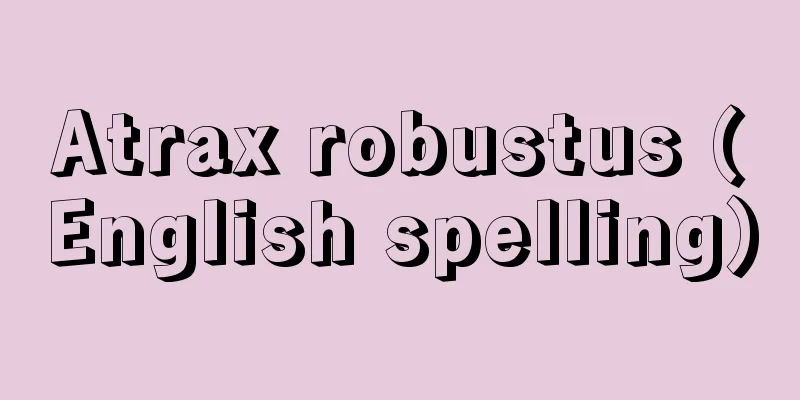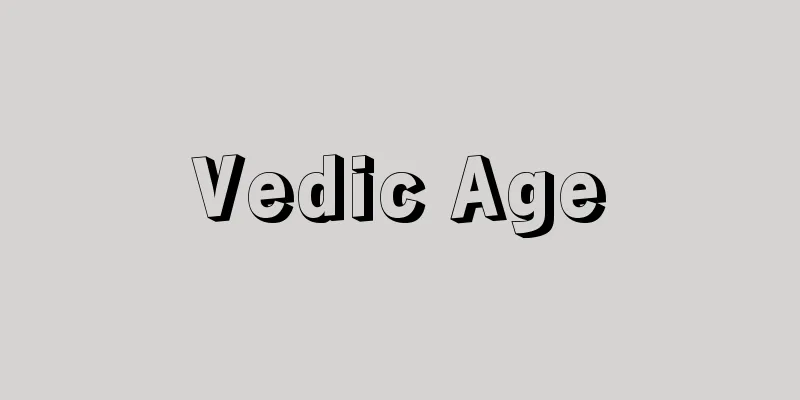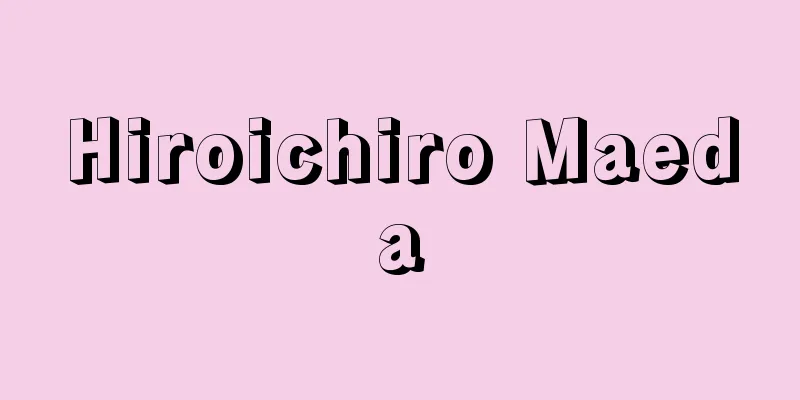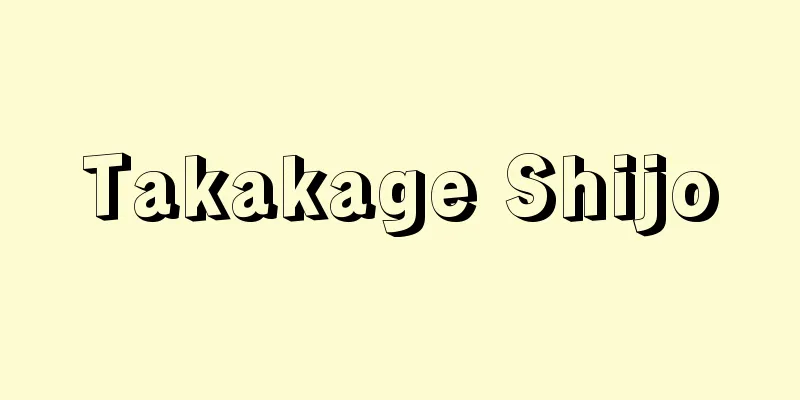Historical monument - Kijihi

|
…The period was the Later Han period, and monuments were erected in large numbers from the Northern and Southern Dynasties to the Sui and Tang dynasties, except for the Wei and Western Jin periods, when erecting monuments was prohibited. There are gravestones and Shinto monuments that tell the achievements of the deceased, as well as chronicle monuments that record achievements, virtues, and the construction or renovation of temples, schools, etc. A stone that does not form a monument is called a kaku.… *Some of the terminology used in reference to "Kijihi" monuments is listed below. Source | Heibonsha World Encyclopedia 2nd Edition | Information |
|
…その時期は後漢時代で,立碑が禁止された魏と西晋時代を除き,南北朝から隋・唐にかけて盛んに立てられた。碑には故人の事績を伝える墓碑や神道碑のほか,功績や徳政その他寺廟や学校などの建立や重修のことを記した紀事碑などがある。碣は碑の形をなさない立石を指す。… ※「紀事碑」について言及している用語解説の一部を掲載しています。 出典|株式会社平凡社世界大百科事典 第2版について | 情報 |
Recommend
Oshi - Oshi
An abbreviation of Onkitoshi (prayer master) and ...
Muth, J.
...In contrast to the equilibrium state under suc...
MIF - MIF
《 Müllerian inhibitory factor 》⇒ Müllerian inhibit...
Immanuel
…The original Greek word parousia means “coming, ...
Hiyoshi Festival - Hiematsuri
This festival is held mainly on April 14th at Hiyo...
Oginkogin - Oginkogin
…It is also called the “Hakone Gongen Engi” and t...
Ring-shaped butterfly - Ring-shaped butterfly
A general term for insects belonging to the family...
Antialis Africana - Antialis Africana
...Strong fibers are obtained from the inner bark...
Himalayas [mountain range] - Himalayas
The world's highest mountain range, which runs...
Golden Cockerel
…However, Diaghilev, who planned the Paris perfor...
trade secret
…Broadly speaking, it refers to undisclosed infor...
Rufous rat-kangaroo
An animal of the mammalian class, marsupial order...
Baseball
…One of the athletic sports. It is called basebal...
Hakuin - Hakuin
A Zen monk from the mid-Edo period. He is said to...
Proboscidea (English spelling)
…He studied mainly mammal and reptile fossils, an...



![Hiraka [town] - Hiraka](/upload/images/67cca5254a115.webp)





